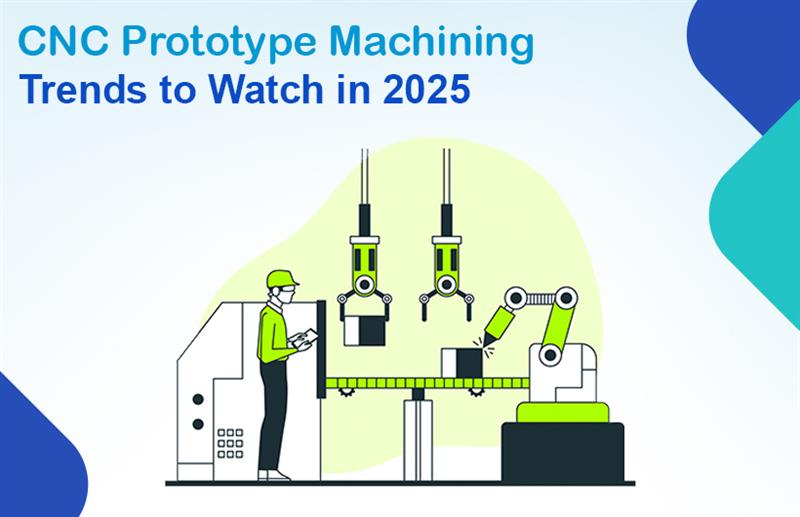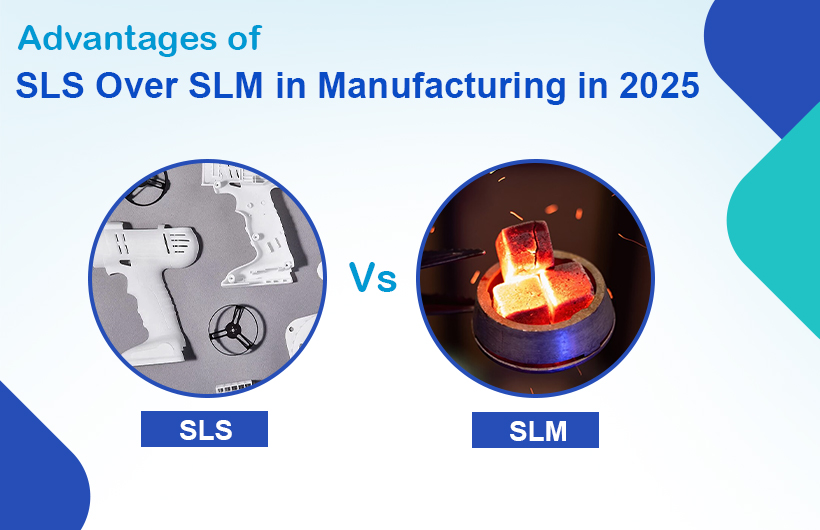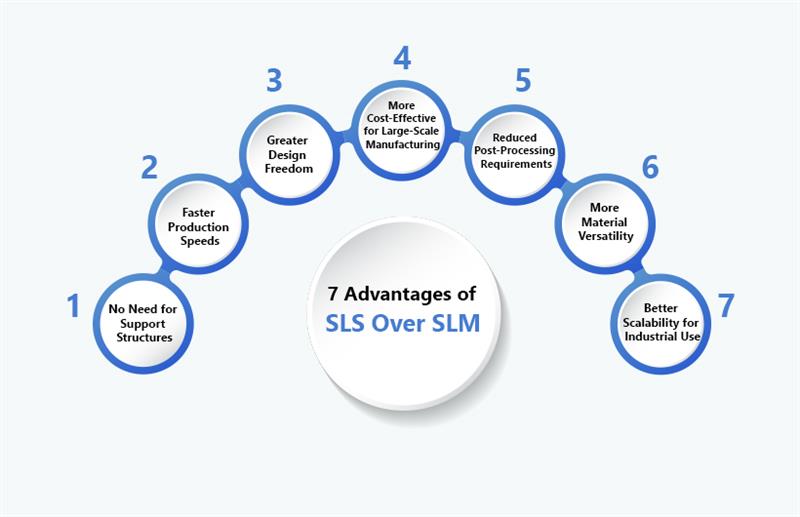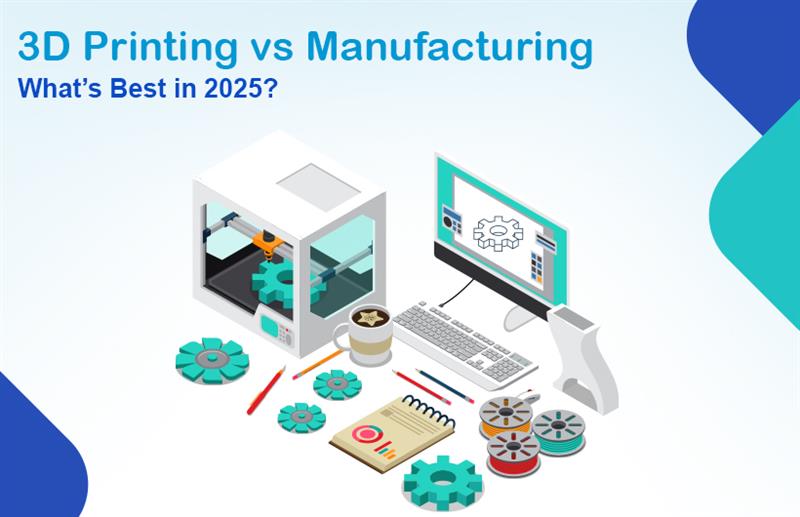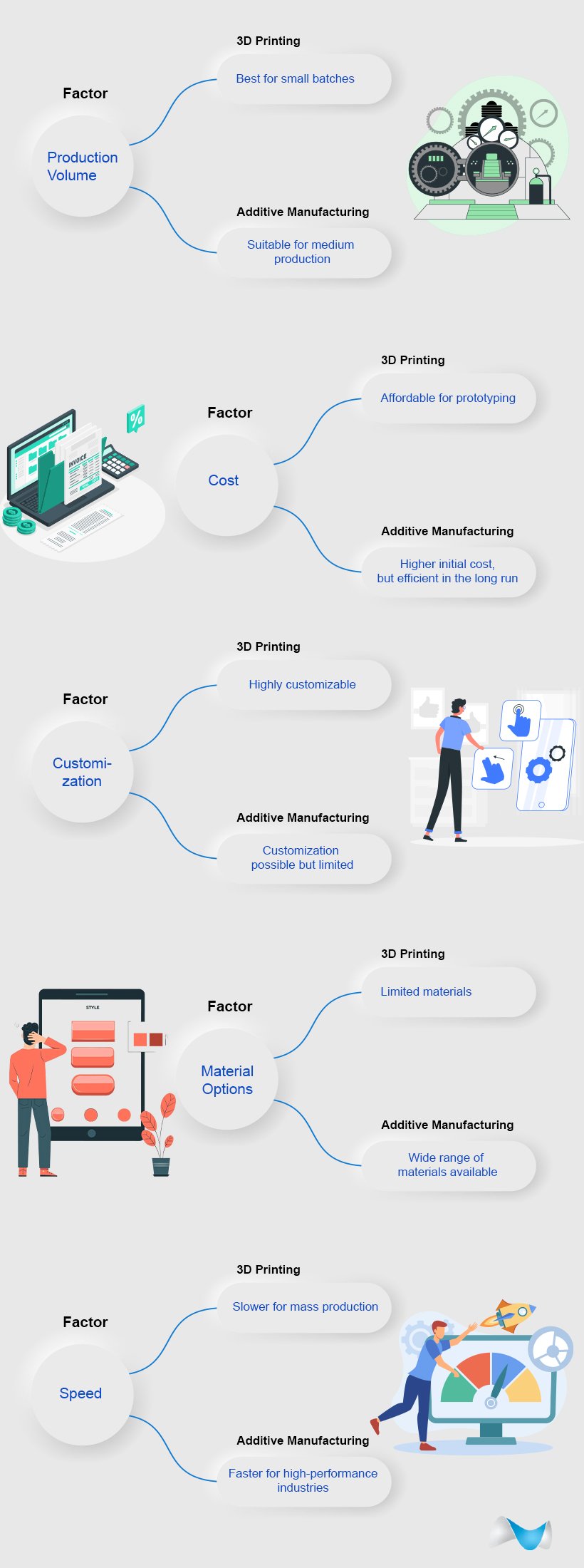Product development is a complex process that requires precision, innovation, and efficiency. Rapid prototyping plays a crucial role in transforming ideas into tangible products quickly and efficiently. By leveraging advanced manufacturing techniques, businesses can reduce costs, test functionality, and eliminate the risk of product failure before mass production. To help businesses achieve their product development goals efficiently, Monarch Innovation specializes in providing cutting-edge rapid prototyping services.
What Is Rapid Prototyping?
Rapid prototyping is a process of creating a physical model of a product using prototyping services such as CNC machining, rapid 3D printing, injection molding, and more. This method allows engineers and designers to put a value on and clarify their designs before committing to full-scale production.
Some of the most widely used rapid prototyping technologies include:
1. Multi Jet Fusion (MJF)
Multi Jet Fusion (MJF) is an advanced 3D printing prototype service that produces high-quality, durable parts with excellent detail resolution. MJF is ideal for functional prototypes and end-use parts due to its strength and precision.
2. Selective Laser Melting (SLM)
Selective Laser Melting (SLM) is a metal prototyping technique that uses high-powered lasers to fuse metal powder into solid structures. This method is particularly useful for aerospace, automotive, and medical applications where high-performance metal parts are required.
3. Stereolithography (SLA)
SLA is a rapid 3D printing technology that uses a laser to cure liquid resin layer by layer, resulting in smooth, high-resolution prototypes. SLA is most used for complicated and detailed models.
4. CNC Machining
CNC machining is a subtractive manufacturing method that shapes parts by cutting away material from a solid block. Known for its precision and durability, CNC rapid prototyping is ideal for creating both functional prototypes and production-quality components.
5. Injection Molding
Injection molding is used to produce high volumes of plastic parts with compatible quality. It is ideal for mass production but can also be utilized for rapid prototyping when multiple prototypes need to be tested.
6. Urethane Casting
Urethane casting is an excellent choice for producing small batches of plastic prototypes with high detail. It is often used for market testing before committing to large-scale production.
Benefits of Rapid Prototyping
1. Reducing Product Development Costs
One of the most significant advantages of rapid prototyping is cost reduction. Traditional manufacturing methods involve expensive tooling and setup costs. With prototyping services, businesses can test multiple iterations without incurring high expenses, reducing financial risks.
2. Allowing Functionality Testing
Prototypes created through rapid prototyping services enable designers to test the product’s functionality before mass production. This helps identify and rectify design flaws early in the development cycle, ensuring the final product meets performance expectations.
3. Eliminating the Risk of Product Failure
By using rapid 3D printing and CNC rapid prototyping, businesses can conduct a thorough estimation of product performance. Identifying weaknesses before full-scale production minimizes the chances of product failure, ensuring a successful market launch.
4. Improving User (and Stakeholder) Involvement
Engaging users and stakeholders early in the development process is crucial. Rapid Prototyping companies allow businesses to create physical models for presentations and proof, leading to better feedback and improved product design.
5. Ergonomically Evaluating and Identifying Product Hazards
Safety is a critical factor in product development. Metal prototyping and plastic prototypes help assess ergonomic design and identify potential hazards before manufacturing begins. This ensures compliance with industry standards and enhances user experience.
Contact Monarch Innovation for Advanced Prototyping Services
Monarch Innovation offers top tier prototyping services to help businesses bring their ideas to life efficiently. Whether you need CNC rapid prototyping, rapid 3D printing, or metal prototyping, we provide the expertise and technology required for high-quality product development.
Get in touch with Monarch Innovation today to learn how our rapid prototyping services can accelerate your product development journey!



